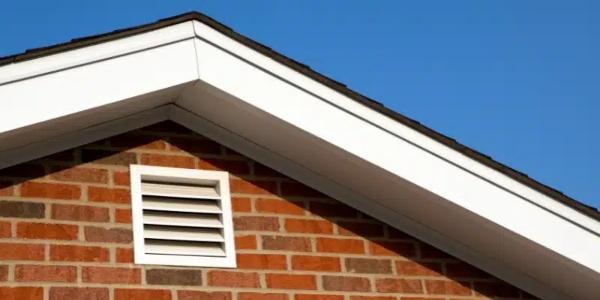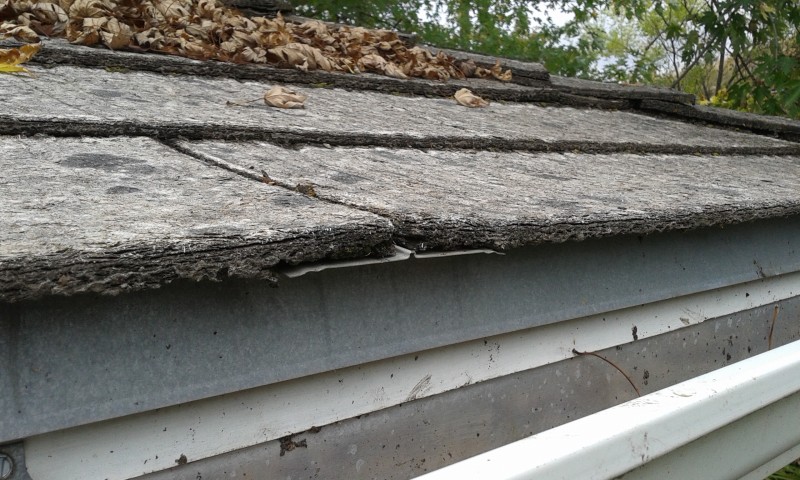Q&A - Which ventilation should I use?

Knowing their home was improperly vented, this homeowner turned to the experts to ask which type of ventilation would be best.
Mark, a homeowner in Texas, asked about properly ventilating his house:
My house is a two story and the roof is improperly vented. The upstairs room is a cathedral ceiling that extends about 6’ down the front slope and is crammed with batt insulation. There is really no way to add ventilation near the ridge without taking out the insulation. My question is, will a vent work on the front slope if it is 6’ from the ridge row? The slope has a 22’ rafter length. I'm considering a solar power vent, but would prefer turbines. Thank you.
Below is what our roofing expert Gary Knighten with Jolly Roofing and Contracting had to say in response to your question:
When I read the above description of the issue I would say if the top ridge line is crammed with insulation then there is probably insulation crammed between each rafter the length of the roof. Also, a power vent will only pull air if it has proper ventilation, this only happens when the roof has soffit vents or gable vents; airflow is generated from powervent as long as air can be pulled/sucked out.
Below is what our roofing expert Andrew Rogers with Progressive Roofing had to say in response to your question:
Just going off the little bit of information provided, there’s multiple different options. I would look into gable vents, soffit vents and potentially ridge vent. The goal is to find the vent that would vent across all studs and provide adequate air flow to vent the space. Typically you’d want a vent to allow air in and then a separate source to allow air out. Soffit vents are typically the best option for the inlet combined with a ridge vent for outlet. Gable vents are great options also. I’ve attached a link to all three types. The power vent the homeowner referenced would only move air in the one cavity between studs.
Most of the vent manufacturers will provide coverage for each vent in terms of how many square feet is vented per vent. For example one vent for 600 square feet. Refer to the manufacturers instructions for the number of vents needed.
Here is a link to a continuous soffit vent example (we are not endorsing this product and know nothing of its reliability, it’s merely an example of a continuous soffit vent application)
Continuous Soffit Ventscanplas.com
Here is an example of a ridge vent (we are not endorsing this product it’s merely an example of a ridge vent).
What is a Ridge Vent and When Is One Usedgaf.com
Here is an example of a gable vent (we are not endorsing this product it’s merely an example of a gable vent).
How to Install Gable Vents in an Attic? - A Guide!vulcanvents.com
Roofing expert Henry Staggs had this to say:
I am picturing a completely filled cavity. There would be little to know about airflow through that space. At the very least he might put in a ridge vent and some intake vents under the eave.
Air could travel freely, but that may also allow for moisture to get in that insulation, VIA vapor drive. Which could be problematic, given that the area is full and air may move slowly or not at all.
Continue the conversation on our Forum!
Have a question? AskARoofer.
Find your local roofing contractor in the AskARoofer™ Contractor Directory.













Comments
Leave a Reply
Have an account? Login to leave a comment!
Sign In